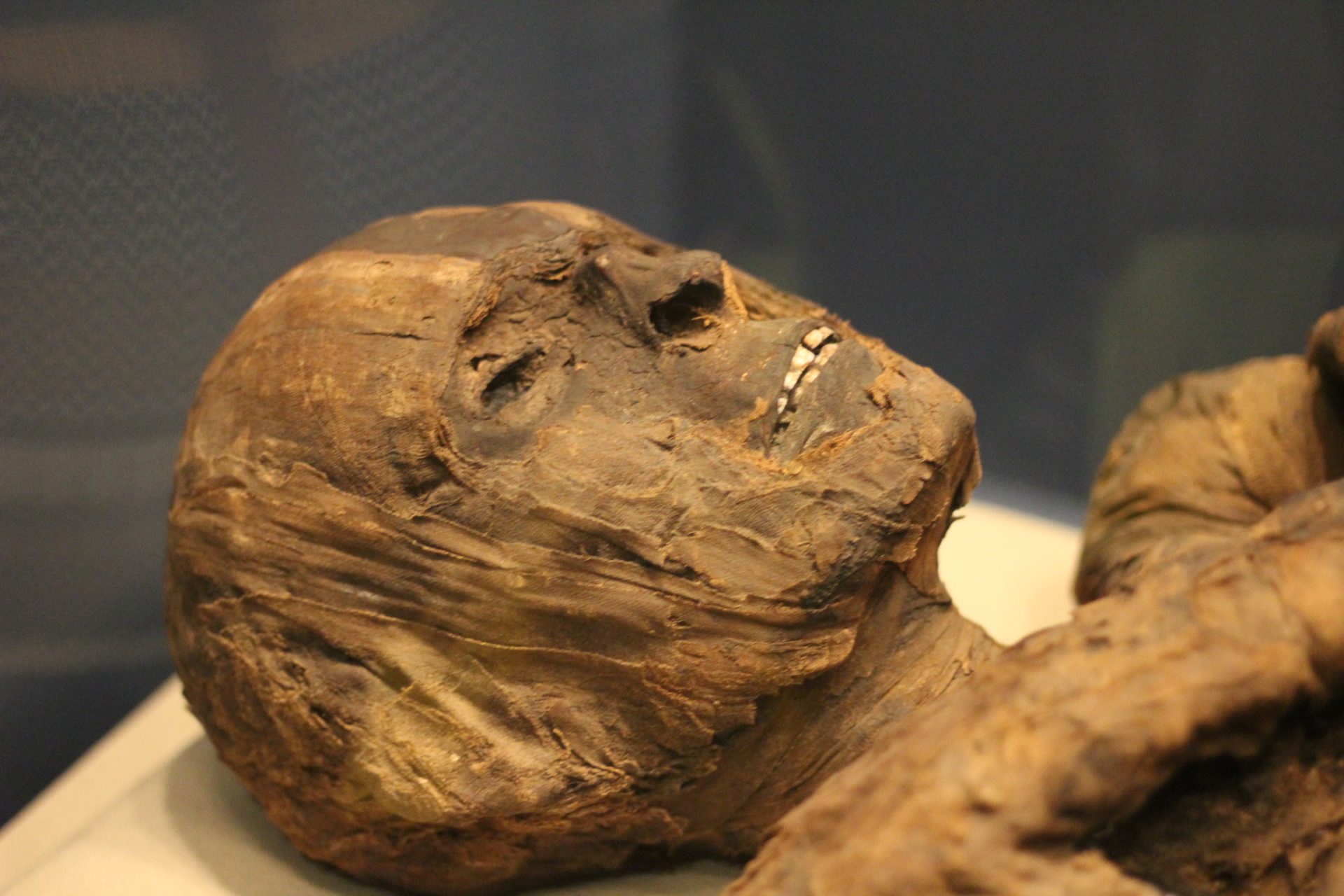Astonishing new photos depict the remarkably well-preserved ‘natural mummies’ housed in a Colombian mausoleum, believed to originate from approximately 100 years ago.
Located within the Andes mountains and situated 40 miles southwest of Bogota, the capital of Colombia, the mausoleum in San Bernardo exhibits over a dozen bodies encased in glass.

Astonishing new photos showcase the remarkably well-preserved ‘natural’ mummies housed in a Colombian mausoleum, believed to have origins dating back approximately 100 years.
The reason for their exceptional preservation remains a mystery, although some experts speculate that it may be attributed to the local climate and altitude, which could influence the chemical composition of the soil and serve as a natural embalming agent.
Locals, on the other hand, attribute the mummies’ preservation to a native diet that includes guatila, also known as chayote, a green, spiky fruit. However, this theory does not fully explain the remarkable state of preservation of the mummies’ clothing.
The mummified bodies of San Bernardo, belonging to individuals born within the last century, were initially unearthed in the 1950s during the relocation of a local cemetery due to flooding.

The identities of the deceased individuals at San Bernardo are known, as there are plaques above each body providing personal descriptions. For instance, one plaque reads, “Margarita… was very dedicated as a homemaker, she always offered corn cakes and coffee to everyone.”
Some relatives of the deceased visit to pay their respects and see what remains of their family members. One such visitor is Ever Pabon, whose father is among those displayed, dressed in a gray-checkered suit.
“Most people who lose their parents bury them or cremate them and can never see them again,” Mr. Pabon told the Wall Street Journal in 2015. “But if I miss him, I can see him anytime, and he’s exactly how he was in life.”
Mr. Pabon stated that he visits his father every two weeks and carries a picture of his mummified remains on the lock screen of his phone.

Examining the faces of the bodies, some appear serene, suggesting they passed away peacefully, while others exhibit more contorted features.
After being unearthed, the preserved remains were first exhibited to the public in 1994, transforming the small Colombian town into an unusuaal and controversial tourist destination.
At the time of display, a Roman Catholic bishop criticized the showcasing of the mummies, considering it disrespectful to the deceased.
Among the bodies, there are also children, some still adorned in clothing and shoes, now displayed together in glass cases.

The San Bernardo mausoleum has been an unconventional yet captivating tourist attraction since its opening in the mid-1990s.
Among the preserved bodies are children, some still clothed and shod, now presented together in glass cases.
The reason behind their exceptional preservation remains a mystery, although some experts speculate it could be attributed to the climate and altitude of the Colombian town, which may affect the chemical composition of the soil.
There is a unique atmosphere surrounding the village that appears to prevent bodies from decomposing naturally. Interestingly, a baby in her mother’s arms has remained preserved without any chemical treatment, owing to a natural form of mummification.
Similar natural mummification phenomena have been observed in Guanajuato, Mexico, where the underground gas and chemical composition of the soil prevent the dead from decaying.
However, the bodies in Guanajuato date back to the first half of the 19th century, whereas the mummies at San Bernardo are relatively young in comparison.
Mummification is a process of preserving the body after death by deliberately drying or embalming the flesh, but the bodies at San Bernardo were essentially mummified by accident.
Around 12,000 residents who live in the village nestled in a fertile valley amid fruit bushes have their own theories as to why the bodies haven’t decomposed. Pictured, a mummy that has been displayed covered with pristine white linen.
The mummy also has a cross resting on top of the chest and white linen over the head, which is turned to the side of the glass case.
The bodies at the mausoleum in San Bernardo, Colombia, belonged to people who lived up to 100 years ago, according to authorities.
Another mummy at the mausoleum has been covered with a fresh shawl and is displayed with flowers inside the glass case.
Similar natural mummification has also been seen in Guanajuato, Mexico, where underground gas and the chemical composition of the soil are responsible for the dead not rotting.
However, the dead in Guanajuato date back to the 19th century, while the mummies at San Bernardo are comparatively young.
Ultimately, determining a definitive cause for the mummies’ preservation would require disturbing the bodies, which relatives would likely not want to happen.
Local residents have their own theories. The region is abundant in chayote or guatila, a peculiar fruit with green, spiky skin packed with vitamin C, used in salads and native to the area. They believe this fruit provided health benefits to the mummies when they were alive.
Another local vegetable credited for the remarkable preservation is the balu, which resembles an oversized string bean, as reported by the WSJ.